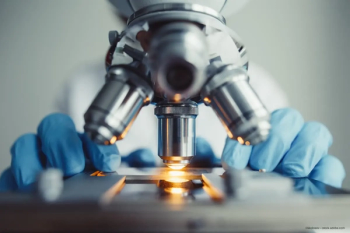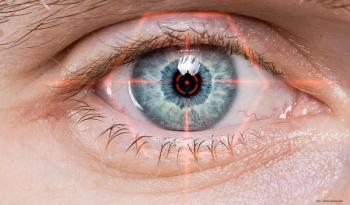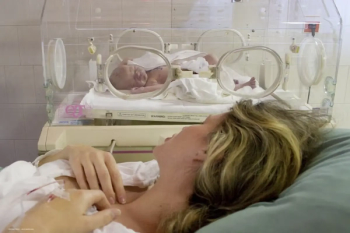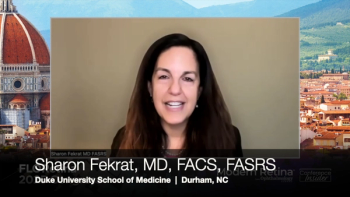
Wavefront: many measurements, deep analysis, one cut
The carpenter's rule is measure twice, cut once. The wavefront aberrometry rule should be measure hundreds of times, then analysed, and then cut once, Dr Robert Iskander said.
The carpenter's rule is measure twice, cut once. The wavefront aberrometry rule should be measure hundreds of times, then analysed, and then cut once, Dr Robert Iskander said.
He remarked that the eye is not a piece of plastic but is part of a complex dynamic system and refractive results vary over time. "In the human eye we observe temporal changes in accommodation and wavefront aberrations, eye movements, like microsaccades, drift and tremor. And we observe temporal changes in surface characteristics, like the dynamics of tear film or corneal deformation."
Focusing on issues in wavefront aberrometry, he said it is better to use open view wavefront sensing. "Defogging may lead to inconsistent results and instrument myopia," he added. It is also important to use pupil rescaling, especially when the pupil is small.
"Do not extrapolate the pupil size, in other words do not rescale from a smaller to a larger size, and use a number of acquisitions. For example, for COAS wavefront sensor we use four measurements of 30 samples at approximately 10Hz," he affirmed.
The measurements of the dynamic wavefront aberration are estimates of the true refractive state of the eye. "For example, if a patients spends half an hour reading in your waiting room before the measurements are taken, that's going to have an effect on the result," he said.
But measurements taken at another time could give a different result. That's why multiple measurements, and serious analysis of what those measurements represent, are essential before deciding on a surgical strategy.
Ophthalmology Times Europe reporting from the XXIV Congress of the ESCRS, London, 9-13 September, 2006.
Newsletter
Get the essential updates shaping the future of pharma manufacturing and compliance—subscribe today to Pharmaceutical Technology and never miss a breakthrough.













































